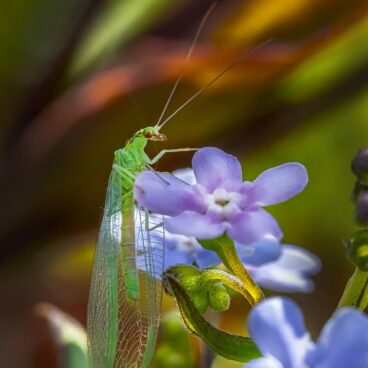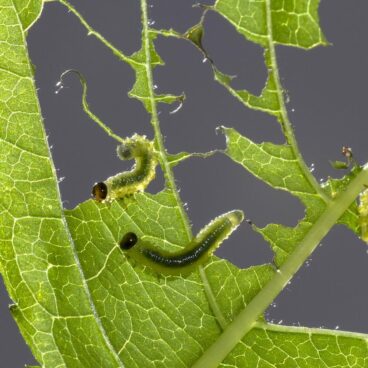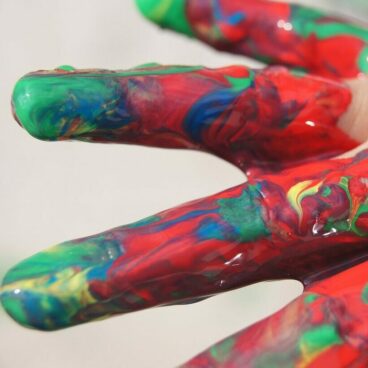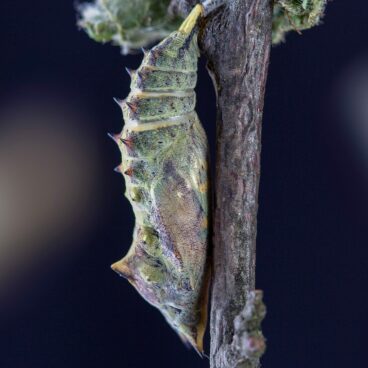Chip Bee Science Playdates
春蚓秋蝉 – each insect plays an important role in the world
Investigating Insects
As usual, we start with 10 minutes of free play at different stations until everyone arrives (with exciting and new post-Christmas toys!) Our book this week is 丛林里边 谁在叫 Cónglín lǐbian shéi zài jiào (Jungle Sounds), an interactive story exploring creatures and sounds of the jungle. We will then join in together dancing to 颜色儿歌合集 (the colours song) (https://www.youtube.com/watch?v=gop5IOZtVrc) and practice naming our colours before we embark on our forest exploration (within the home garden).
Please ensure every child is accompanied by a guardian and wears clothes that can get dirty. Please also note that there are squirels in the neighbourhood so we cannot guarantee against nuts being present. We don’t recommend joining if your child has a severe nut allergy.



